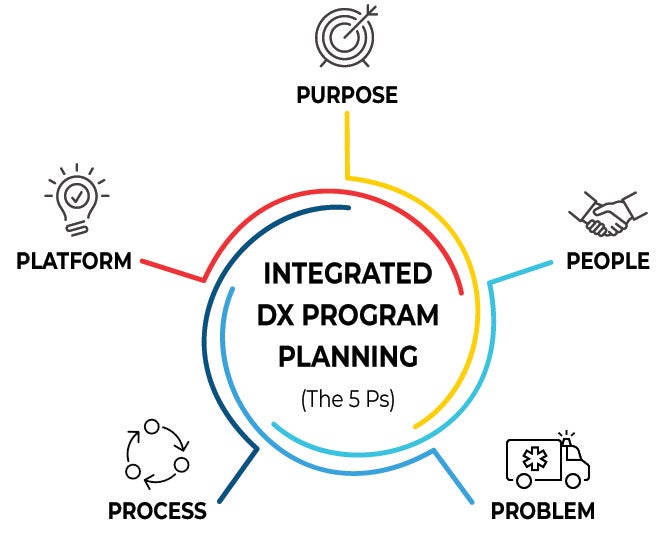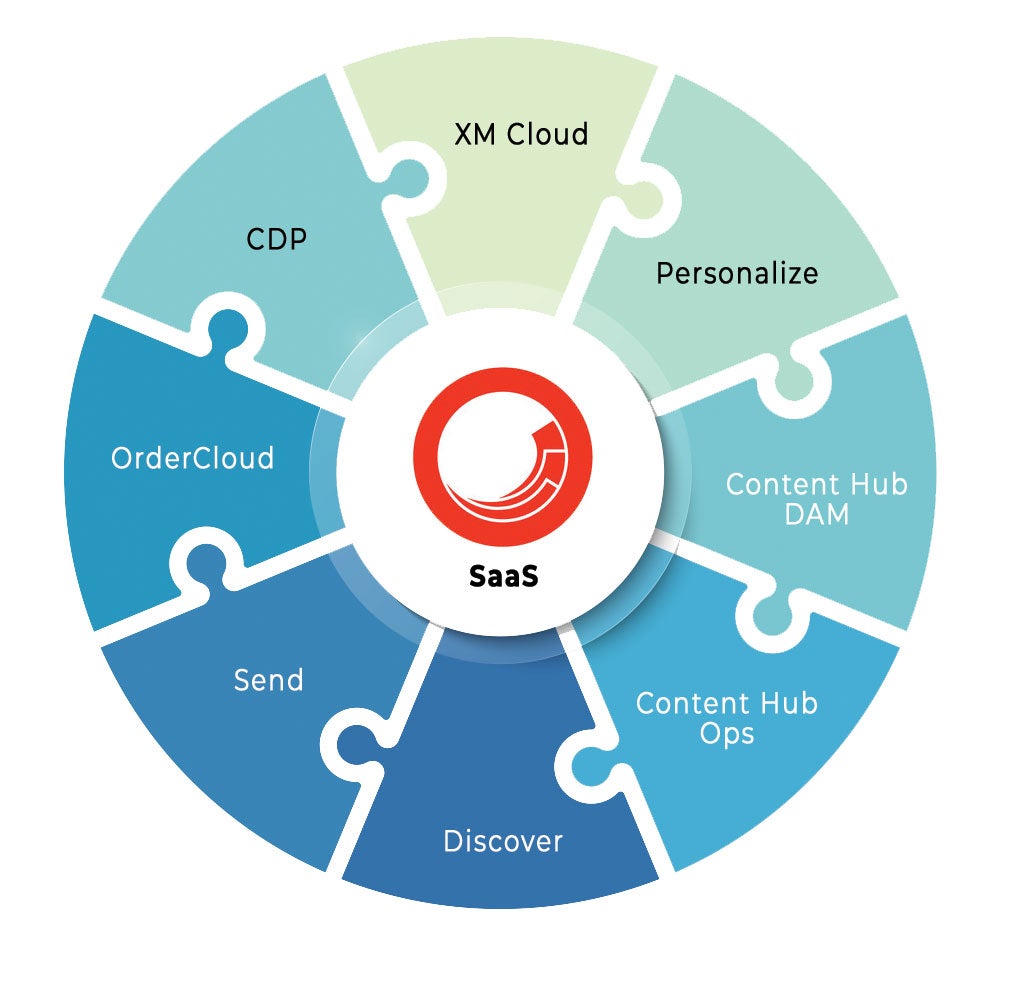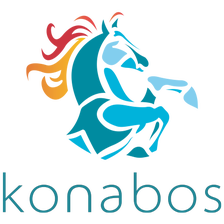A Composable Mindset: The Key to Continuous Business Success
Ken Gray - Senior Digital Experience Strategist
12 Sep 2022
The acceleration of digital disruption over the past decade and especially the last few years has meant that the C-Suite in many organizations has needed to rethink their business objectives and competitive strategies. It has sent them scrambling, dazed, and confused into the Martech world looking for answers and solutions to an age-old question, “how do we stay relevant and continue our growth trajectory?”
The “Birth” of Composability
Since 2019, “Composable” has been the buzzword and perceived silver bullet to answer this question, but very few organizations fully understand its implications. Many immediately get drawn into the vendor/platform discussion (hype) and head down the path of trying to architect the perfect platform; a Composable DXP. However, a more important focus should be on the business’ capabilities, good and bad, current, and future.
Leaders need to take an honest look and do a gut-check, which means digging into the weeds of their organization to gain an acute understanding of how its business functions in its industry compared to its competitors, market trends, product innovations (both in and outside its industry), environmental, and other factors that may impact what the business requires to progress or needs to prepare for down the road.
Take a Step Back
Sometimes, your processes need to change more than your tech stack and that’s where experienced consultants come in. They help you take a step back from the technology hype and buzzwords to focus on what’s really going to drive your business and digital transformation forward quickly and accurately. At Konabos we use a "5P" process to help guide our customers. Starting with Purpose, we make determining a Platform the final phase in the process.

Gartner’s Four Principles of Composability
In 2020 at a Gartner Symposium, keynote Daryl Plummer, Distinguished VP Analyst said, “Composable business is a natural acceleration of the digital business that you live every day. It allows us to deliver the resilience and agility that these interesting times demand.” (Gartner Symposium IT/Xpo® Keynote)
Four Principles of a Composable Business
Daryl Plummer also identified four principles of a composable business:
- Discovery – constantly polling the digital landscape to create speed in innovation and growth. At Konabos this is equivalent to our “Keep Exploring” value.
- Modularity – creates agility when disruption or business changes cause a need to pivot.
- Autonomy – Composable solutions allow CIOs and organizations to chart their course without being locked into a single platform or vendor.
- Orchestration – speaks to better leadership capabilities where specialists can focus on their strengths and collaborate with others who are operating in theirs.
Composable DX Platforms follow a similar pattern:
- Autonomous – The tools or software (“components”) in your Composable DXP stack should be independent of each other, best-of-breed, and based on business needs.
- Modular – As business needs change, you should be able to swap out a component for a better, more suited one.
- Orchestrated – It must have a MACH architecture which stands for Microservices-based, API-first, Cloud-native, and Headless.
- Discoverable – Its UX/UI design should be intuitive and allow non-technical users to efficiently perform their daily tasks.
Sitecore’s Move to Composability
In 2021, Sitecore began accelerating its pivot to a composable architecture with four key acquisitions:
- Reflektion – ai-powered search experience engine (now called Sitecore Discover)
- Moosend – marketing automation (now called Sitecore Send)
- Boxever – customer data platform (now called Sitecore CDP)
- Four51 – B2B headless commerce solution (now called Sitecore OrderCloud)
Sitecore's most recent announcement, of XM Cloud, came earlier this year in 2022. XM Cloud is a fully refactored, SaaS version of Sitecore’s CMS platform and it effectively opened the door for Sitecore customers wanting to upgrade – or what we call “side-grade” – to a lower-cost, cloud-native, CMS-only version of Sitecore.
XM Cloud is a natural first step toward composability for companies that love the Sitecore platform.
Sitecore’s SaaS Suite

In Summary
A resilient, agile, and disruption-proof business today and beyond embraces a composable business mindset and is made from interchangeable building blocks or business capabilities. It’s an organization that follows the four principles of composable business: modularity, autonomy, orchestration, and discovery.

Ken Gray
Ken is a two-time Sitecore Strategy MVP who has been working with the Sitecore platform since 2011. He has over 20 years of experience in business analysis, software development, content management systems, marketing, and digital strategy.
Ken’s passion for digital marketing and personalization along with his coaching and training abilities, aids Konabos in helping dozens of Content Authors and Sitecore Marketers improve their productivity and knowledge of Sitecore; thus maximizing each client’s return on investment.
In short, Ken makes the complex toolset of Sitecore, simple.



Share on social media